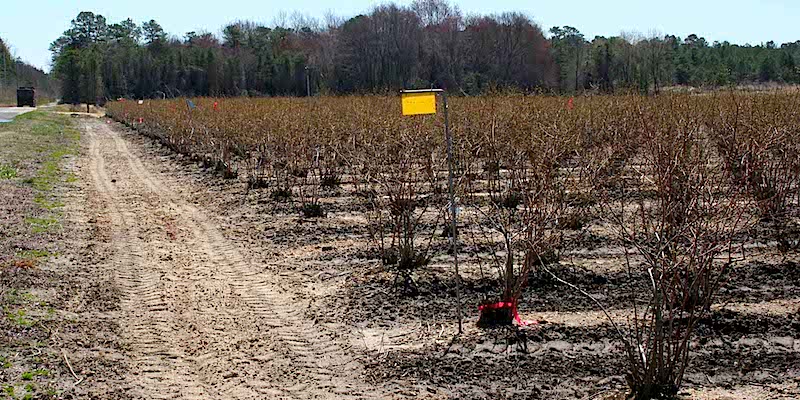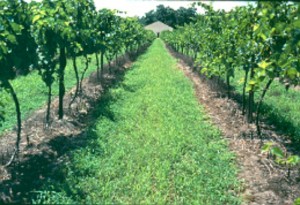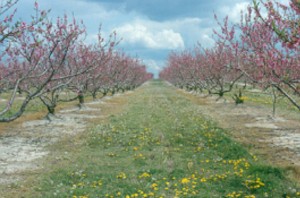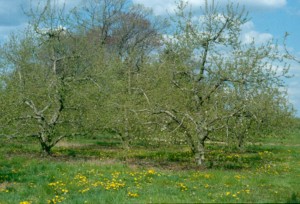In field evaluations, we demonstrated that yellow sticky traps baited with the blend of four aggregation pheromone components trapped significantly more cranberry weevil adults than un-baited controls.
Development of pheromone-based monitoring lures is an important step toward spatially-precise management techniques that may lead to significant reduction in the use of pesticides targeted against cranberry weevil in blueberries.
The cranberry weevil is a key pest of highbush blueberries in New Jersey and of cranberries in Massachusetts. [Read more…]




